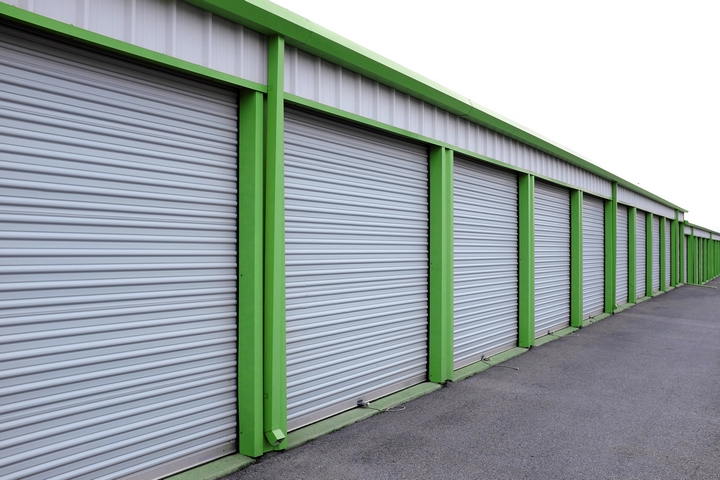When we think of SEO, we often think of writing copy for a website or a blog while adding relevant keywords that will help our content rank higher in search results. But SEO, or Search Engine Optimization, is about a lot more than that.
Yes, optimizing our content for Google and other search engines are about choosing and using relevant keywords. Still, it also relates to how we present and structure the content we publish online.
There is a lot to learn about SEO best practices. Let’s get started with nine tips to help your content rank higher.
1. Make sure your website loads quickly

If you want to implement SEO best practices on your website, you first have to make sure each of its pages loads quickly on desktop computers and mobile devices.
After all, no one wants to wait forever for a website to load. And if your website is slow, it will not have a great ranking.
You can do different things to help your website load faster, including compressing your images and using a lightweight and efficient theme.
2. Avoid long URLs for your webpages and blog posts

Long URLs should ideally be avoided for webpages and blog posts. Of course, it’s a good idea to use a relevant keyword as each page’s URL or to use the title of its main content.
But if that keyword or title is a long sentence, it’s best to shorten it and keep only the most important words. Your full URL will not get cut off in search results.
3. Use your main keyword in 3 different places

If you already know a few things about SEO Toronto, you are surely aware that each web page or blog post should have its main keyword. But where should you include this main keyword?
Ideally, each page’s title tag should be included early as possible. This is the title that will appear in Google’s search results.
Next, include your main keyword in the H1 heading of the page. That’s the big title which should appear on top of your content.
Finally, your main keyword should be part of the page’s URL.
4. Add your main keyword at the top of your content

Of course, you should also include your main keyword and your secondary keywords in your content. Just remember to not overdo it! You also have to make sure your keywords flow naturally, as you want real humans to be able to read your text.
Your main keywords should be placed early in your content since Google will pay more attention to the terms at the top of each page.
5. Make sure the content of each of your pages is unique

SEO best practices also involve creating unique content for each of your pages. This means that not only your copy but also your title tags, your meta descriptions, and the descriptions of your images should all be 100% unique.
Repeating the same content all over your website is not a good idea.
6. Always match the search intent of your selected keywords

Your content should always match the search intent of the main keyword you have selected.
This means that if, for example, someone searches for “how to paint a dog,” they don’t want to see pages selling paint and paintbrushes appear on their search results. They want informative content that will teach them how to paint a beautiful dog.
Of course, at the end of your informative content, you can add a link to relevant products in your store.
7. Always take your time to write great content

Your content should be relevant, but it must be well-written and interesting to read.
No one will take you seriously if your content doesn’t make much sense and is full of grammatical and spelling errors. Your readers will simply look away and search for better content.
8. Add internal links to your webpages

Visit your website, and add internal links wherever they are useful. Each internal link should point to a page that features relevant content, so your readers will be enticed to click if they want to learn more.
This also helps your website rank higher, especially if the anchor text of each link is descriptive and includes a relevant keyword.
9. Remember to optimize your images as well

Finally, presenting images on your web pages can also help you rank higher in search results. First, your images should be compressed while still having a high quality.
Next, you should make the filename of each image describe what appears on it. For example, if you have a photo of a bluebird, name it “blue-bird.jpg” instead of “image09.jpg”. The alt text of each image should also describe it.
This helps Google understand what your images show and their purpose, which should help your content rank higher.












